Fall Visual Arts Preview
By • September 13, 2023 0 977
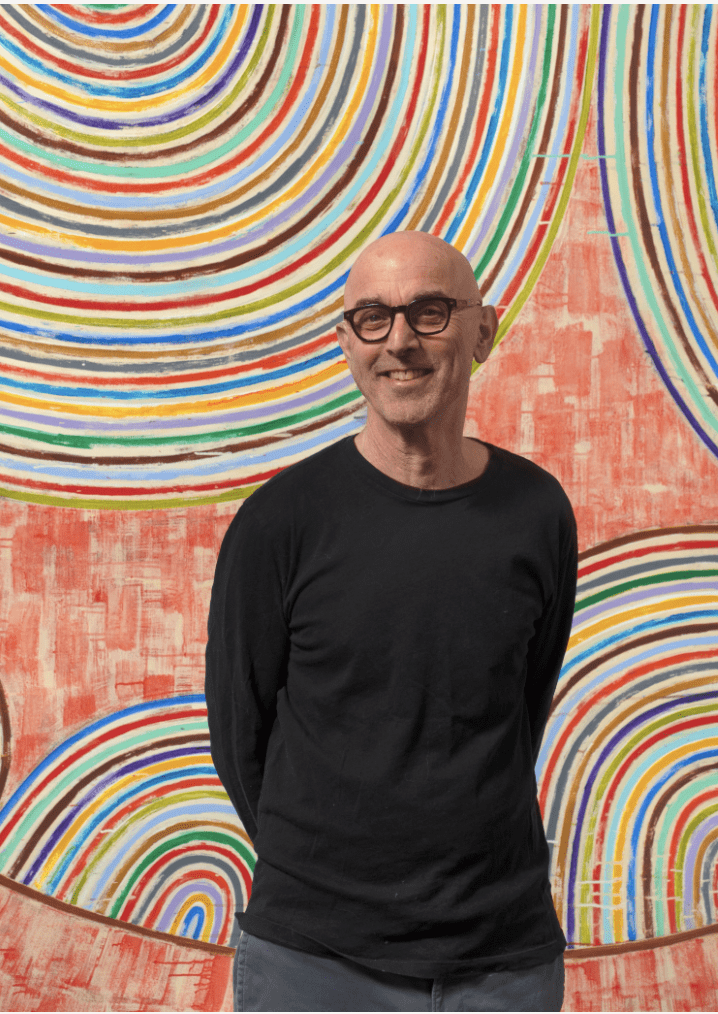
Cushner
American University Museum
Through Dec. 10
One of six fall exhibitions at the American University Museum at the Katzen Center, “Cushner” displays 34 examples of current work — from woodcuts, drawings and paintings on paper to large-scale paintings — by Steven Cushner (b. 1954), among the capital region’s most accomplished contemporary artists. A graduate of the Rhode Island School of Design who earned an M.F.A. at the University of Maryland, Cushner was a painting teacher at American University and the Corcoran College of Art + Design. His abstract imagery — created through the performance of painting as the distillation of gesture into iconography — is derived from the logic of simple functions: the mechanics of a stack of firewood, the weave of a fisherman’s net, the movement of a buoy in the ocean. The other fall shows feature work by painter Lillian Klein Abensohn, sculptor Rachel Rotenberg, painter Franklin White, photographer Bernis von zur Muehlen and Czech photographers Karel Cudlin, Jan Dobrovský and Martin Wágner.
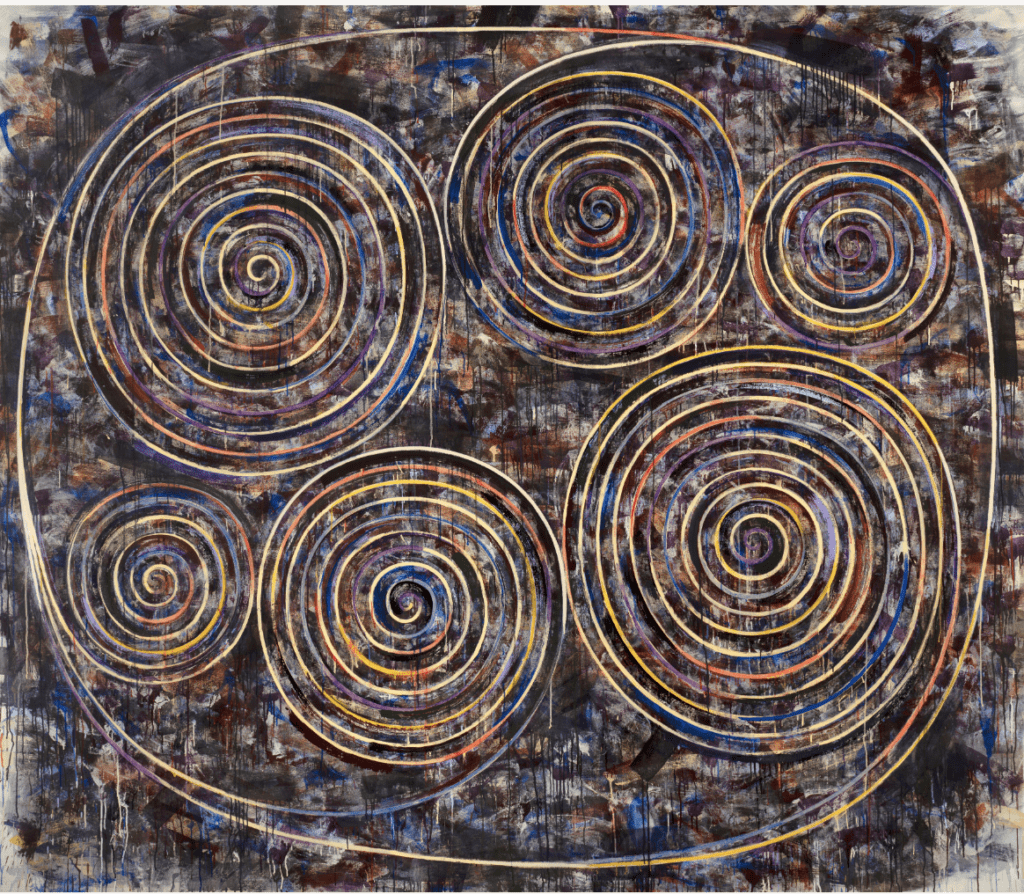
“The Wind,” 2019. Steven Cushner. Courtesy AU Museum.]
Composing Color: Paintings by Alma Thomas
Smithsonian American Art Museum
Sept. 15, 2023 – June 2, 2024
The first graduate, at age 30, of Howard University’s art department, after retirement from a 35-year career teaching art at Shaw Junior High School — during which she took classes at American University — Alma Thomas (1891-1978) blossomed into a major Washington Color School painter. “Composing Color: Paintings by Alma Thomas” draws on the Smithsonian American Art Museum’s holdings, the largest public collection of Thomas’s work, including 13 pieces bequeathed to the museum after her death. With examples that trace Thomas’s evolving practice during her most prolific period, 1959 to 1978, the exhibition is organized around the themes of Space, Earth and Music, expressions of a fundamental life force that she captured through a bold interplay of pattern and hue. Color in her work is not only symbolic but multisensory, suggesting the movement, sounds, scents and temperatures found in nature. New research into Thomas’s materials and techniques reveal an unflagging commitment to artistic innovation, as well as the need to adapt to the arthritis from which she suffered in her later years.
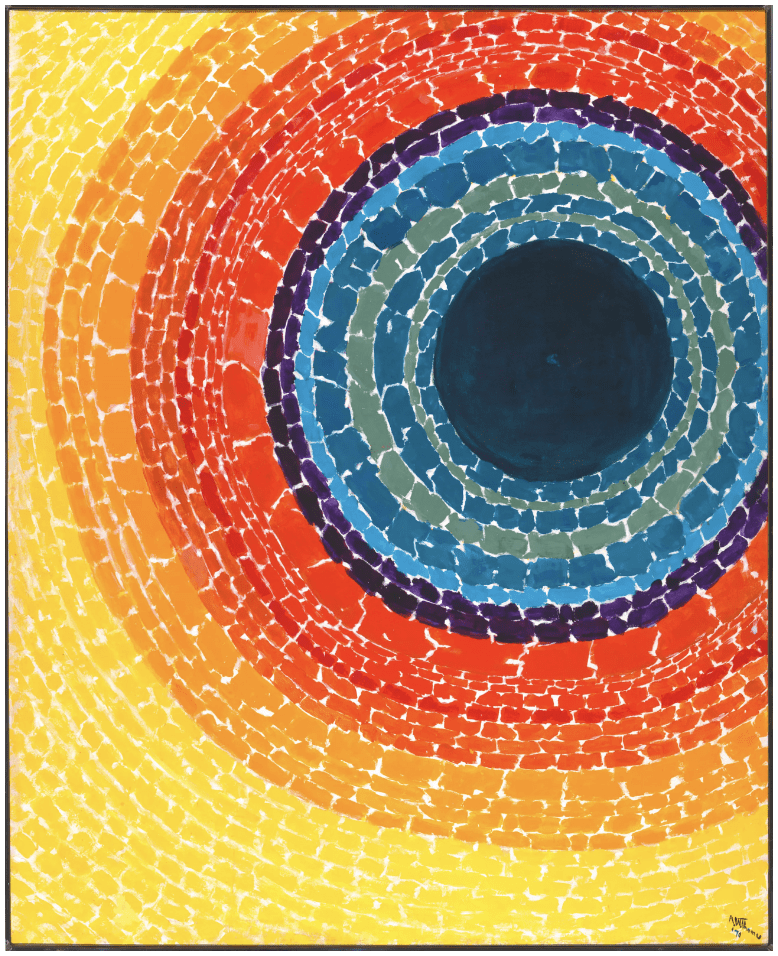
Alma Thomas, The Eclipse, 1970. Courtesy Smithsonian American Art Museum.
African Modernism in America, 1947-67
The Phillips Collection
Oct. 7, 2023 – Jan. 7, 2024
Drawn primarily from a collection donated to Nashville’s Fisk University by the Harmon Foundation, a key 20th-century patron of Black artists, “African Modernism in America, 1947-67” is the first major exhibition to present work by Black modernist artists in Africa and America in the context of mid-20th-century culture and society. By challenging assumptions about African art, the network of artists, curators, scholars and funders that developed in those years encouraged artistic dialogue between the continents. Among the 50 artists featured are Jacob Lawrence (1917-2000), known for, among other works, “The Migration Series,” jointly purchased by the Phillips Collection and the Museum of Modern Art; and David Driskell (1931-2020), an influential faculty member at Fisk, then at the University of Maryland. Others include Sudanese painter Ibrahim El-Salahi and Nigerian artists Ben Enwonwu, Demas Nwoko and Uche Okeke. The exhibition also includes a newly commissioned work by London-born, Nigeria-based artist Ndidi Dike (b. 1960) addressing the presence and absence of women in the narrative of African modernity.
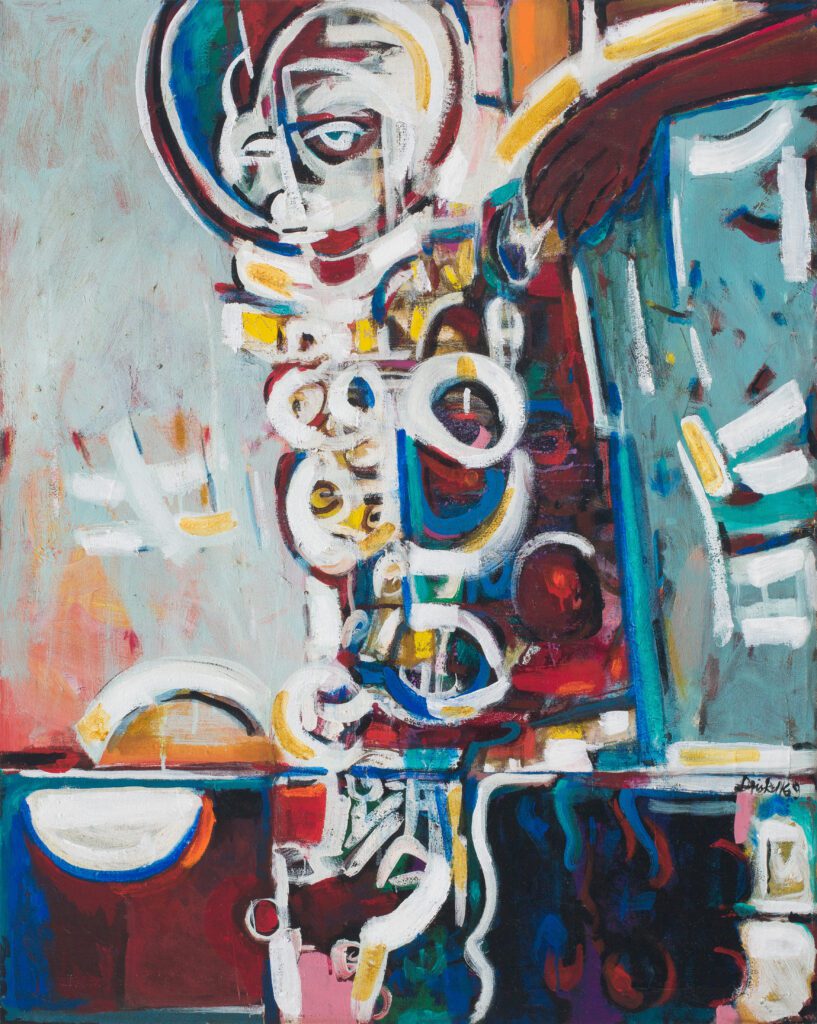
“Yoruba Forms #5,” 1969. David C. Driskell. Courtesy Phillips Collection.
The Sky’s the Limit
National Museum of Women in the Arts
Oct. 21, 2023 – Feb. 25, 2024
Closed since the summer of 2021 for a $67.5-million renovation project, the first since its 1987 opening, the National Museum of Women in the Arts will reopen this fall with “The Sky’s the Limit,” an exhibition that celebrates the museum’s commitment to collecting and exhibiting large-scale, visionary sculpture by women. Through the postwar years, curators and critics routinely ignored or minimized women’s innovations in sculpture, notably the use of handwork, repetition and unconventional materials. The dozen sculptors represented in the show by works on loan from private collections, recent NMWA acquisitions and pieces never before exhibited — created from aluminum, blown glass, wool, paper, wire, cedar wood and found objects such as silver-plated vessels, hair combs, faux flowers, ostrich eggs and parasols — include Petah Coyne, Cornelia Parker, Mariah Robertson, Shinique Smith, Joana Vasconcelos and Ursula von Rydingsvard. In the updated gallery spaces, the artists’ provocative works will hang from the ceiling, cascade down walls and extend beyond their footprints.
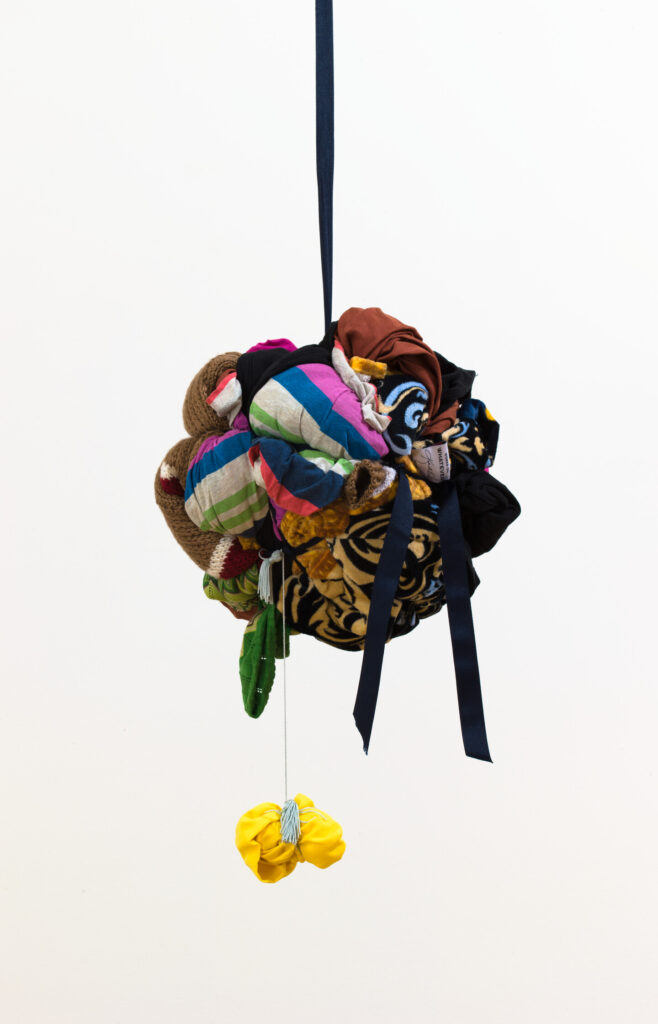
“Daisies Up Your Butterfly,” 2013. Shinique Smith. Courtesy National Museum of Women in the Arts.
Simone Leigh
Hirshhorn Museum
Nov. 3, 2023 – March 3, 2024
In 2022, Simone Leigh (b. 1967) became the first Black woman to represent the United States at the Venice Biennale, winning a Golden Lion for her work “Brick House,” a 16-foot-tall, 5,900-pound bronze bust of a Black woman commissioned for the High Line Plinth in Manhattan. Covering approximately 20 years of her production in ceramic, bronze, video and installation — and featuring pieces from “Simone Leigh: Sovereignty,” her show at the Biennale — the Hirshhorn exhibition (previously seen in Boston and traveling to Los Angeles in 2024) is the first comprehensive survey of Leigh’s work. Born in Chicago to Jamaican missionaries and trained as a ceramicist, Leigh developed a strong interest in African and African American art, referencing them in her sculpture, installations and video art. Gaining recognition for work that directly engages the public, her social practice focuses on Black femme subjectivity, exploring ideas of race, beauty and community in visual and material culture across a wide swath of historical periods, geographies and traditions.
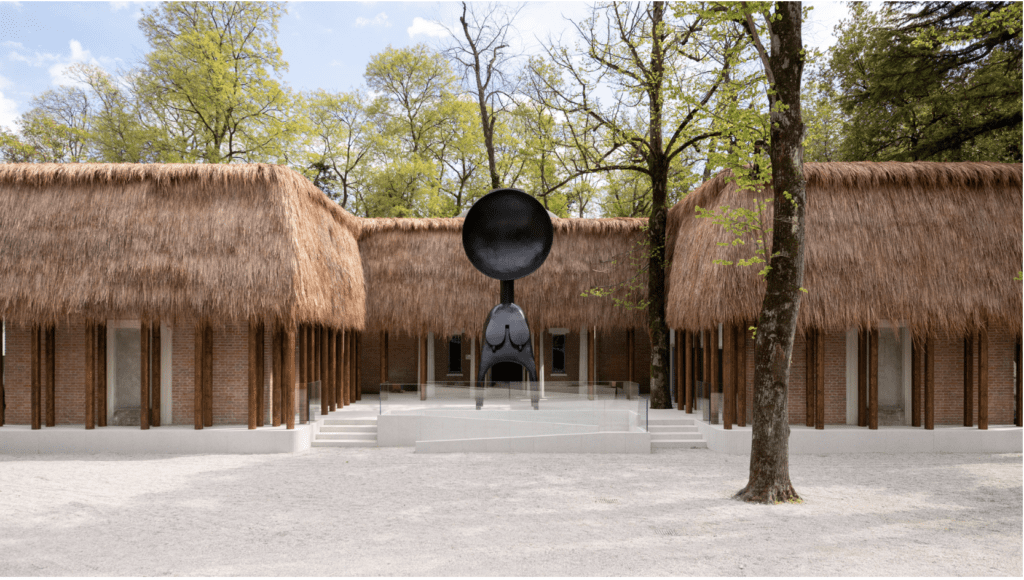
Simon Leigh’s “Facade” (2022) and “Satellite” (2022). Photo by Timothy Schenk. Courtesy Hirshhorn.
Dorothea Lange: Seeing People
National Gallery of Art
Nov. 5, 2023 – March 31, 2024
Born in Hoboken, New Jersey, Dorothea Lange (1895-1965) grew up on Manhattan’s Lower East Side and studied photography at Columbia University. Through her work for the Farm Security Administration during the Great Depression and for the War Relocation Authority during the World War II evacuation and internment of Japanese Americans, Lange was one of the originators of modern documentary photography. Early in 1966, a Museum of Modern Art exhibition of her work was MoMA’s first retrospective dedicated to a woman photographer. Nearly 70 years later, “Dorothea Lange: Seeing People,” presented in the National Gallery of Art’s West Building, seeks to reframe Lange’s work through the lens of portraiture. While emphasizing her concern with social issues such as economic disparity, migration, poverty and racism, the show, featuring 101 photographs, will highlight her ability, formed over more than four decades, to discover and reveal the character and resilience of those she photographed, both in the United States and abroad.
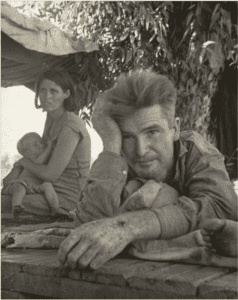
Dorothea Lange, “Drought refugees from Oklahoma, camping by roadside, Blythe, California, August 17, 1936.” Gelatin silver print. Courtesy NGA.
Whistler: Streetscapes, Urban Change
National Museum of Asian Art
Nov. 18, 2023 – May 4, 2024
The close relationship between Charles Lang Freer (1854-1919) — eminent collector of Asian art and founder of the Freer Gallery, the original building of the Smithsonian’s National Museum of Asian Art — and expatriate painter James McNeill Whistler (1834-1903) resulted in the museum holding the largest collection of Whistler’s works (including the Peacock Room). Opening this fall, “Whistler: Streetscapes, Urban Change” will bring together oil paintings, watercolors, pastels and prints — some on view for the first time in the museum’s history — documenting the artist’s career-long fascination with urban landscapes. The picturesque, historic neighborhoods in London and Paris that Whistler frequented and depicted were in many cases soon to be razed for redevelopment as parks, thoroughfares and residences for the wealthy. Relating this activity to that of present-day Washington, D.C., the exhibition will feature commentary by Anacostia and Capitol Hill residents Mēlani Douglass, Tony Ford, Scott Kratz, John Johnson and Ron Moten on how the artworks on view speak to their neighborhoods’ current challenges.
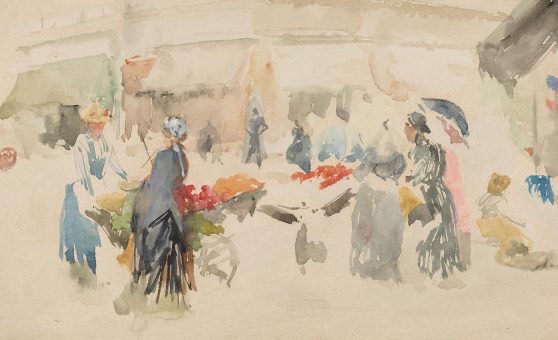
Flower Market: Dieppe,” 1880s. James McNeill Whistler. Courtesy National Museum of Asian Art.
Also of note …
“A More Perfect Union: American Artists and the Currents of Our Time”
National Museum of American History
Sept. 19 to Oct. 1
An Art in Embassies traveling exhibition of contemporary art, supplemented by a Jenny Holzer light projection on the museum’s exterior (Sept. 17 to 21) and an afternoon of free public programming (Sept. 19).
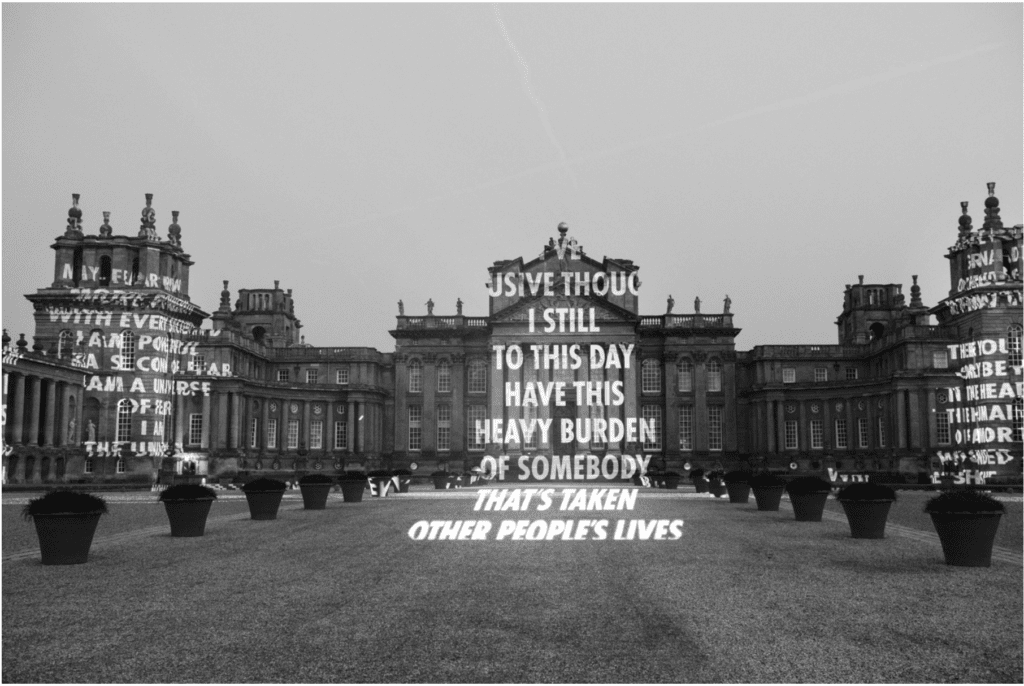
A Jenny Holzer light projection at Blenheim Palace, 2017. Courtesy JennyHolzer.com
Ellsworth Kelly at 100
Glenstone
Through March 2024
A major survey of the work of minimalist painter and sculptor Ellsworth Kelly (1923-2015), including “Yellow Curve,” a floor painting spanning nearly 1,000 square feet, at the Potomac, Maryland, museum of 20th- and 21st-century art.
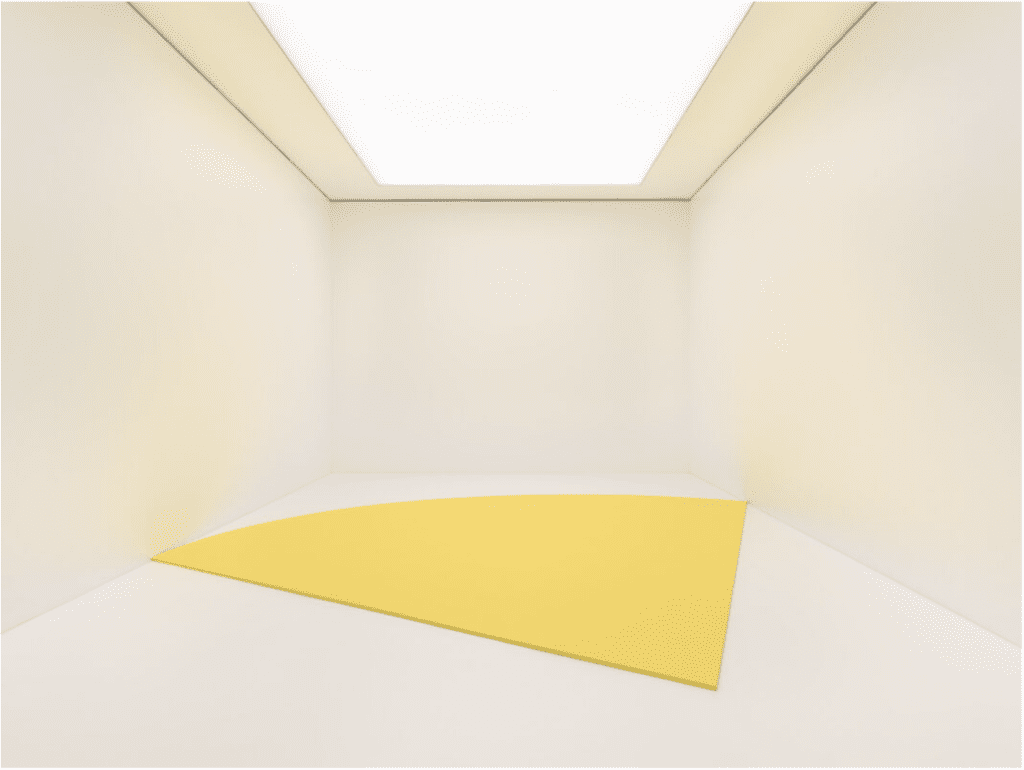
Ellsworth Kelly’s “Yellow Curve,” (1990). 25 feet x 24 feet. Photo by Ron Amstutz. courtesy Glenstone.

